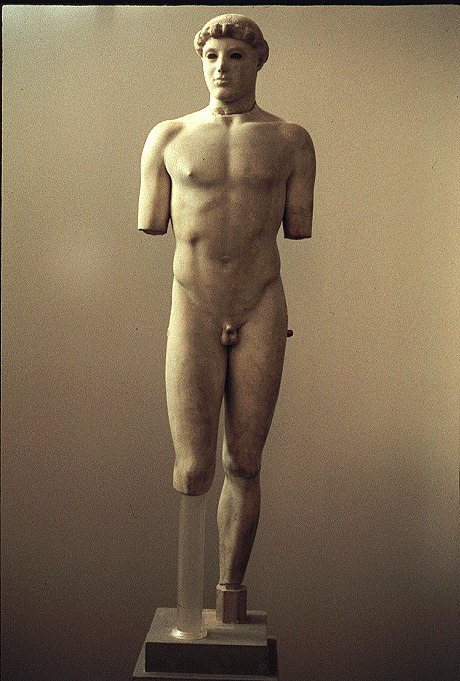
Mosaics are small stones that are placed together to create a bigger image. Each tile is about 1-2 cm. Smaller stones would have 150 tiles per 1 sq. cm.. How did they have so much patience?!

Frescos
A fresco is a fresh painting that is made out of wet plaster. They were used as decorations, like how we use paintings. They also used them as family portraits and faux landscapes.
The city of Pompeii is a partially buried Roman town near Naples, it was buried under ashes from a volcano. The ashes helped preserve the city, which leaves us a perfectly good roman city to investigate. How cool!
















